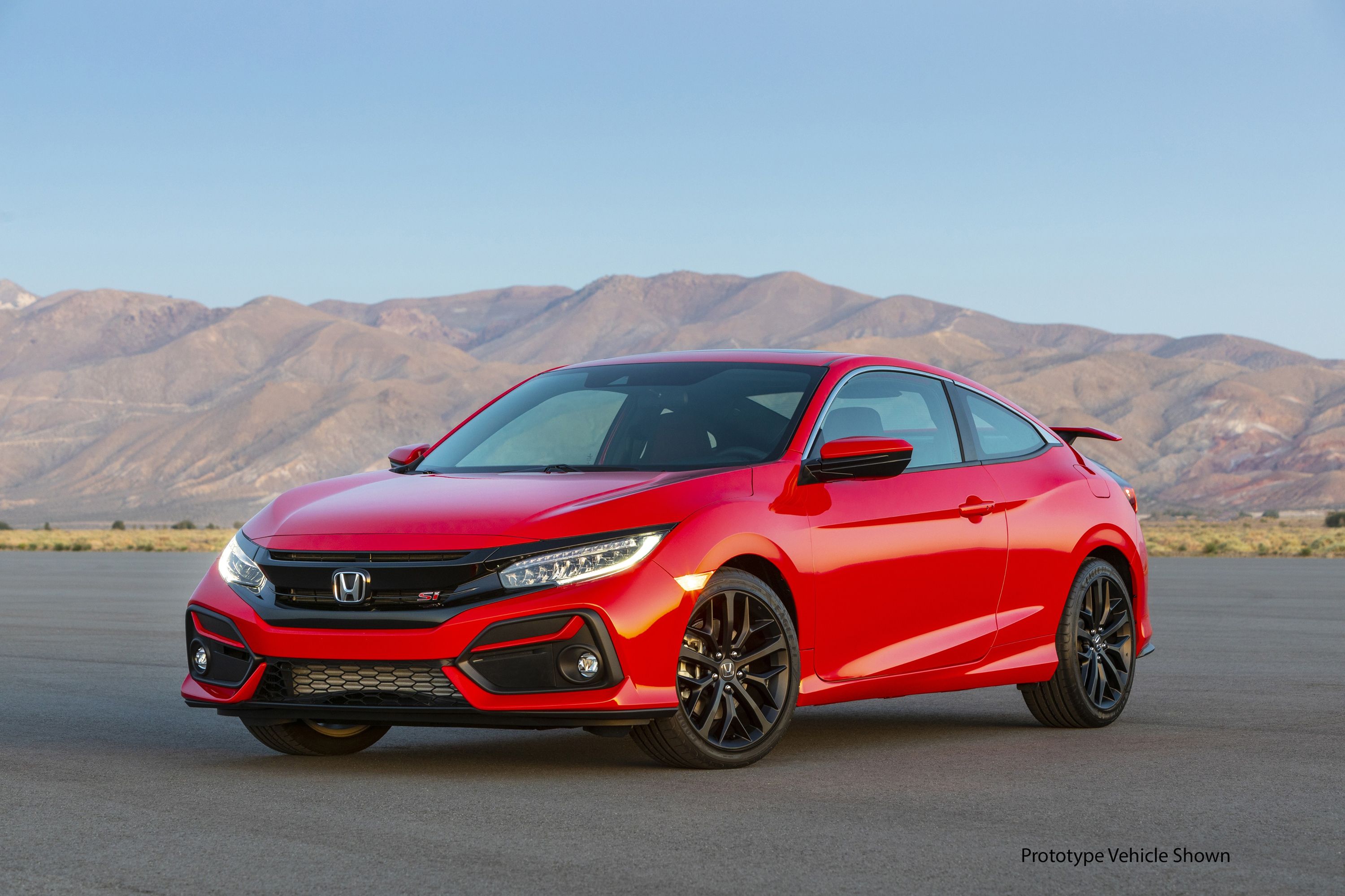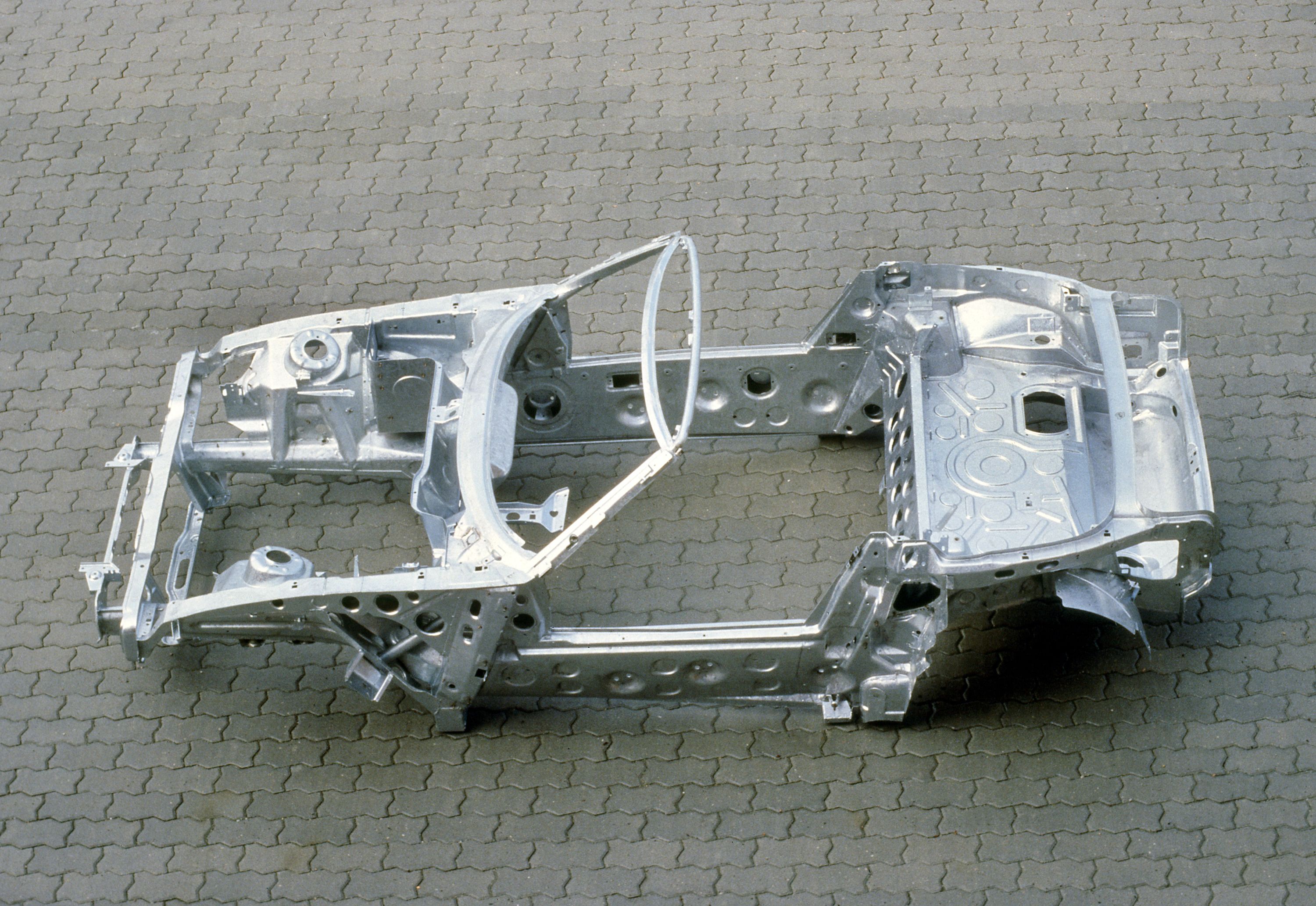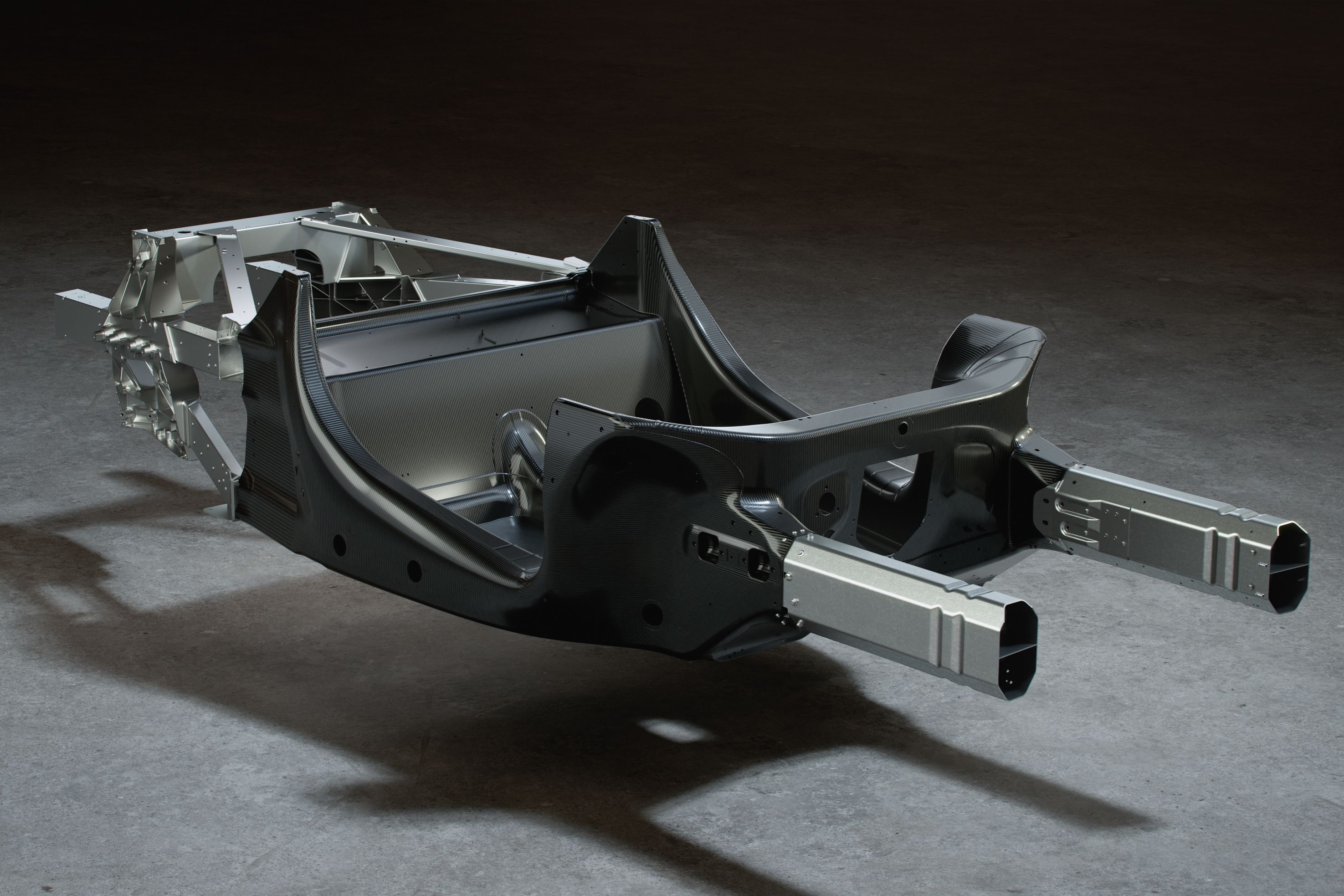
What is Monocoque Construction?
The definition of monocoque construction relates to "single-shell" car construction in which the entire external skin of the monocoque car body is a structural, stress-bearing shell, similar to an eggshell. It is often incorrectly applied to road cars which should rather be referred to as having semi-monocoque or unibody-frame designs.
While unibody and monocoque construction are sometimes used interchangeably, they aren't actually the same. We define unibody as a unitized vehicle body with tubes, bulkheads, and box sections that provide most of its strength, whereas a true monocoque structure gets its strength from the entire external 'skin'. This stands in contrast to a body-on-frame design in which the ladder frame underneath provides most of the strength and a non-structural body is just bolted on top of it.
A Short History of the Unibody and Monocoque Concepts
The first unibody car was the 1922 Lancia Lambda, but only a thousand were produced. In 1930, Joseph Ledwinka, an engineer at the Budd Company in the USA (ThyssenKrupp Budd today), designed a full unitary prototype body, which French automaker Citroën bought to use for their mass-production 1934 Citroën Traction Avant. Budd supplied a version of this to Chrysler for its 1934 Chrysler Airflow, making these two the first true unitary-design mass-production cars. A true monocoque frame was first used in he 1962 Lotus 25 Formula 1 car, followed by the carbon-fiber-reinforced structure of the McLaren MP4/1 in 1981. In 1990, the Jaguar XJR-15 was developed, becoming the first producton car with a carbon-fiber monocoque.
For normal sedan, hatchback, crossover, and station wagon cars, the unibody design is the most popular way to build a vehicle, although some SUVs and most trucks still use body-on-frame construction today. The monocoque chassis design is mainly used in sports cars and race cars, like the McLaren 720s and Bugatti Chrion.
Monocoque vs. Unibody vs. Body-On-Frame Construction
True monocoque chassis designs are rare in road cars today, but the following benefits are worth mentioning:
- Can be extremely light weight: buit with carbon fiber and/or aluminum, these are ideal for super- or hypercars that need to go as fast as possible.
- More economical to produce as the amount of materialsneeded to provide strength to the car is much less.
- Good use of space are the whole structure is one outer shell.
- Even body panels add to the strength of the setup, so passenger safety is improved.
- Superior torsional rigidity which improves handling
In terms of unibody vs. body-on-frame, the differences between the two are what gives the unibody design the following advantages:
- Weight: Because of the integral shell and no separate, heavy ladder chassis underneath, the unibody is lighter than a body-on-frame car, aiding performance and fuel economy.
- Cost: Because less material is used and fewer separate pieces have to be made and matched, the unibody is also cheaper to produce and simpler to construct.
- Rigidity: In normal cars, the stiff shell construction makes for a more rigid platform with less structural flex, meaning better suspension precision, less slack, and sharper handling.
- Center of gravity: Adding to the improved handling is a lower center of gravity because the car is lower to the ground with no frame rails underneath its floor pan and a less top-heavy feel.
- Safety: In terms of unibody vs. body-on-frame safety standards, it is generally easier to engineer a safe monocoque shell with predictable deformation characteristics in a crash than a non-structural body bolted to a ladder frame.
That being said, body-on-frame cars have some advantages too:
- Flexes for better articulation over uneven terrain to keep the wheels on the ground
- Typically built higher off the ground and provides better ground clearance
- Heavy, robust construction allows higher payloads and towing ability
- The separate, rubber-mounted body better filters out minor vibrations and harshness for a more comfortable passenger experience
- Easier minor crash repairs of the bolt-on body, with the frame often undamaged
- It's relatively easy to replace a damaged cab or load bed of a body-on-frame truck
- It's easy to redesign and modify body styles, with the frame remaining untouched, so one platform can be used across a wide range of vehicles
Conclusion
The body-on-frame SUV concept of the Lincoln Navigator and Cadillac Escalade still holds sway when it comes to the large, hard-working SUV class. And due to being a work vehicle, the full-size F-150 Ford truck and its like-minded rivals will continue to employ the body-on-frame design for a long time still, although a new generation of unibody truck is here for the lifestyle-orientated buyer, notably the Ford Maverick and Hyundai Santa Cruz, which share their unibody construction with normal crossover SUVs. The modern unibody design has taken over as the default format for most cars and SUVs and is safer and more versatile than ever.


